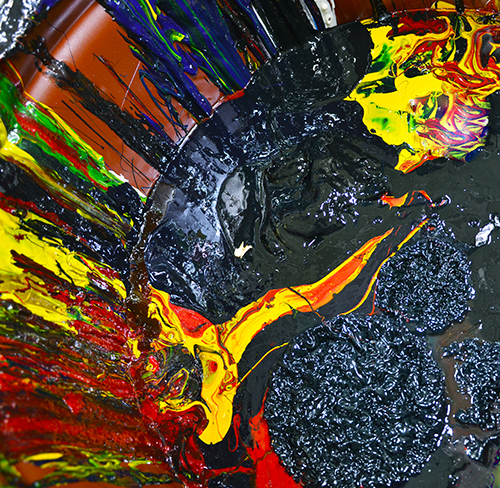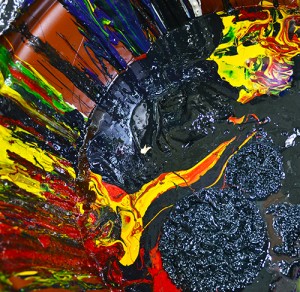Reduce, Reuse, Recycle: The Printing Industry


Printing Ink and the Environment
Printing inks are made from oil, pigment, solvent and varnish. Petroleum-based oil and solvent are the major contributors to the amount of VOCs emitted. Mossberg & Company uses inks that contain vegetable and Agra-based oils such as soy, tung, sunflower and linseed oil. These oils are produced from a renewable resource reducing the demand for petroleum and greatly reducing the greenhouse gasses emitted. Solvent-free UV ink, UV coating, and water-based aqueous coatings are also more environmentally friendly. All are completely free of harmful VOCs.
Cleaning Solvents: How can we be Environmentally Friendly?
The solvents needed to clean printing presses can have a negative impact on the environment; their low flashpoint ranks them as high contributors to VOC output. So how can we make this process more environmentally friendly? The use of a high tech solvent recovery and recycling system will collect the used, dirty solvent and through a distillation process, recaptures and reuses 80 percent of the original solvent to be used again in our printing presses.
Paper and the Environment
The use of paper and its impact on the environment is arguably one of the hottest topics of discussion in our industry today. One would think that using paper as a way to communicate is inevitably decimating our forest preserves. This may have been true in years past, but today printers support using paper that preserves the ecosystem; trees are considered a renewable resource in the printing industry. In fact the U.S. forest products service is responsible for planting more than 4 million trees each day, more than what is consumed. According to the U.S. forest and paper products industry, more than one third (37 percent) of the raw material fiber U.S. papermakers use comes from recovered paper. Since 1994, significantly more paper has been recovered in America than landfilled.
Recycling: How Mossberg & Company Does It
Another way to make sure the paper industry remains sustainable is waste reduction and recycling programs. Mossberg & Company has greatly reduced the number of test or “make-ready” sheets needed to run through the presses when we set up a printing project. Last year alone, Mossberg recycled 891.99 tons of paper and corrugated. According to the U.S. EPA, the amount of energy saved from our recycling efforts was enough to power 345 homes last year, as well as saving approximately 48 million gallons of water, 2200 cubic yards of landfill space, 4837 trees, and reducing greenhouse gas emissions by 691 metric tons of carbon equivalent.